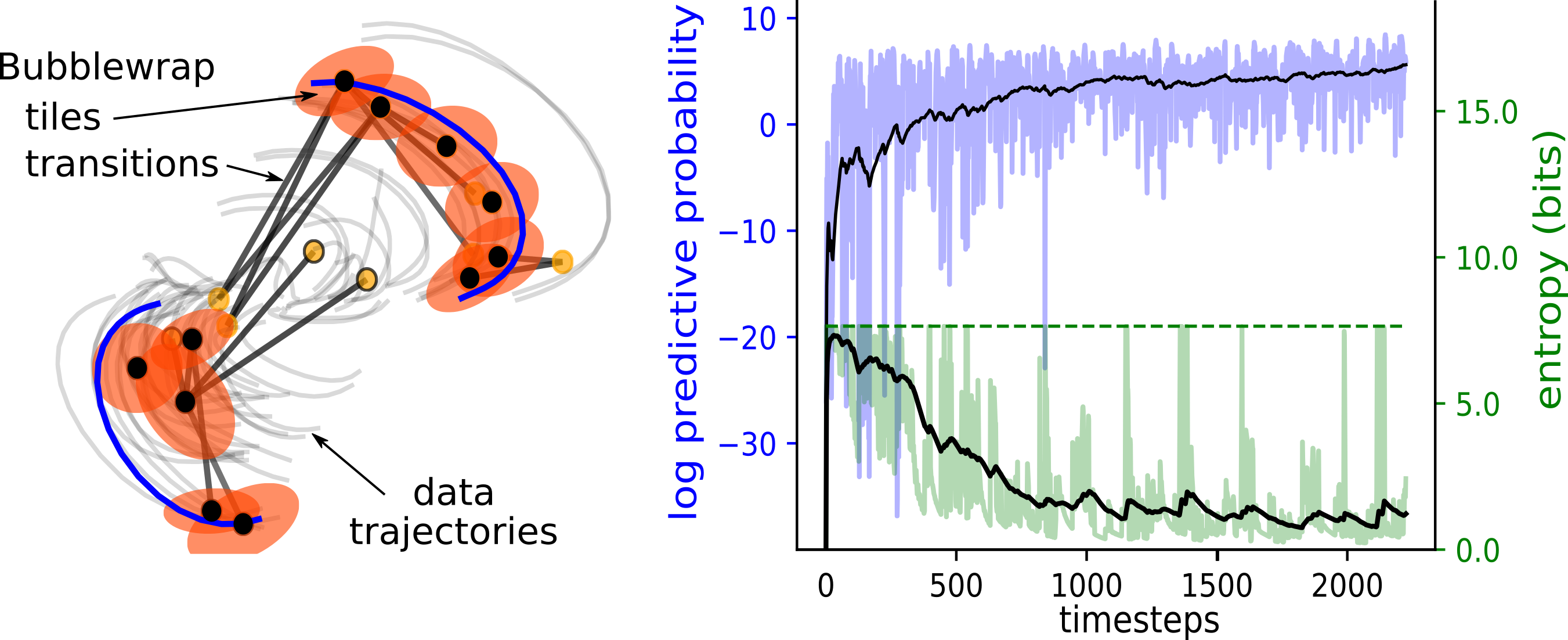Demonstration of 3D Effects with High Gain and Efficiency in a UV FEL Oscillator
Published in 2011 Particle Accelerator Conference, 2011
We report on the performance of a high gain UV FEL oscillator operating on an energy recovery linac at Jefferson Lab and find 3D simulations do predict the performance with reasonable precision.
Benson, S., Biallas, G., Blackburn, K., [et. al., including Watson, A.], (2011). "Demonstration of 3D Effects with High Gain and Efficiency in a UV FEL Oscillator." In 2011 Particle Accelerator Conference (pp. 2429-2431).





